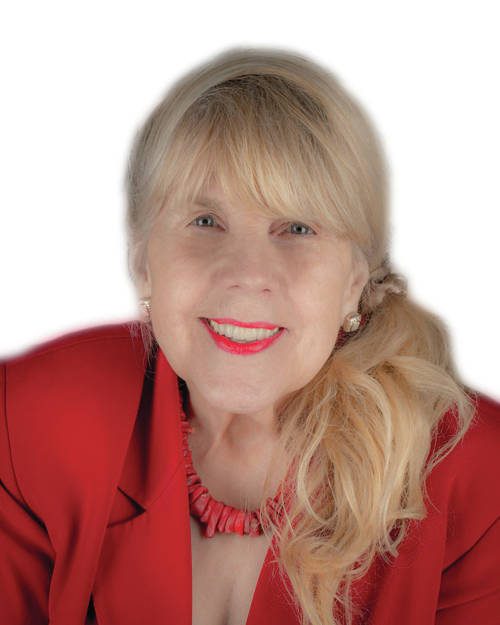
Editor’s note: This is the first of a two-part column. Look for the second part to be published the following day.
Yes, women serve and have served in the U.S. military. Afterwards, some devote large parts of their lives serving those who have also served.
Judy Johnson of Sidney, Ohio, served in the U.S. Army after graduating from high school in 1970 and currently serves on the Executive Board of American Legion Post 217, on the Shelby County Veterans Commission, Sidney Veterans Honor Guard, and as a volunteer for Miami County Hospice for Veterans.
As a young girl, Johnson says, “I spent a lot of time at the VFW in Piqua, helping with the canteen, assisting with Bingo, and overhearing stories told by veterans to other veterans who had gathered there. Her father, William F. Higgins, was one of them and had served in England in World War II in the U.S. Army as a supply sergeant. Also, he had been a commander of that post in Piqua.
When Johnson went to the recruiting station in Piqua, she was told that she wouldn’t qualify until her braces were removed, so her dentist took care of that issue. She wanted to be a military photographer; however, after she took the written tests and her physical in July of 1970, she learned that her area of expertise had been identified as medical corpsman.
A maternal aunt learned of her activities and said to her, “You know what they say about women who go into the military?”
“No.”
Her aunt declared, “You know that they like women.”
Johnson responded, “I’m not that way. Dad served in the Army, and I want to go to serve my country and for education.”
In 1970, both parents had to sign for women to join the military, and her father said to her mother who was reluctant to sign, “We need to let her go.”
Johnson’s basic training as a WAC (Women’s Army Corps) was at Fort McClellan in Alabama. When she arrived at the base at 7 p.m., tired and hungry, she reports that she was given “a peanut butter sandwich and rotten bananas” and ushered to an open bay area where 60 women were housed with a drill sergeant screaming at 4:30 a.m., “Get out of them bunks. Police your area. Be in formation at 0500. No talkin’, a—holes.”
Johnson says she thought, “Am I really gonna survive all of this?”
The standard uniform for a WAC was a skirt with shorts underneath, a blouse, black oxfords, black socks, and a military hat.
Soon she learned to keep her uniform wrinkle free (or be put in the grease pit to wash pots and pans), to take a short shower, to eat all meals quickly, and to not walk on the grass.
She was also introduced to a gas mask in case of nuclear, biological, or chemical warfare, and learned first aid, drills and ceremonies, and how to make a tight bunk (At times, she slept under the bunk to avoid having to make it up so that a quarter would bounce on it).
There was no training with weapons, as women were slated for administrative, secretarial, or medical duties.
After weeks of keeping the bay area floor looking like glass (WACs rode on the buffer and cut up Army blanket to enhance the shine) and learning to keep the clothes in her foot locker precisely arranged to avoid having everything thrown out by the drill sergeant and requiring to be redone, she was off to Fort Sam Houston, Texas, for eight weeks of training to be a medical corpsman (She learned to give first aid, administer injections, apply tourniquets, and attend to soldiers in combat).
Johnson graduated second in her class and stayed on to become an LPN (Licensed Practical Nurse). For this classification, she learned anatomy and physiology, pharmacology, and did rotations at area hospitals where she sterilized equipment, assisted surgeons, served as circulator (fetching things that were needed), and cared for patients. To learn to debride a wound, class participants were given dead goats.
At Brooke Army Medical Center at Fort Sam Houston, she had her first reckoning with one of the impacts of the war in Vietnam. At 18 years old, at the time when the average age of the soldiers in the field in Vietnam was 19, she says, “They had burns. Some were amputees and they had such anger. Four of them told me that if they had their legs back, they would go back to Vietnam and kill the SOB who did that to me.’”


